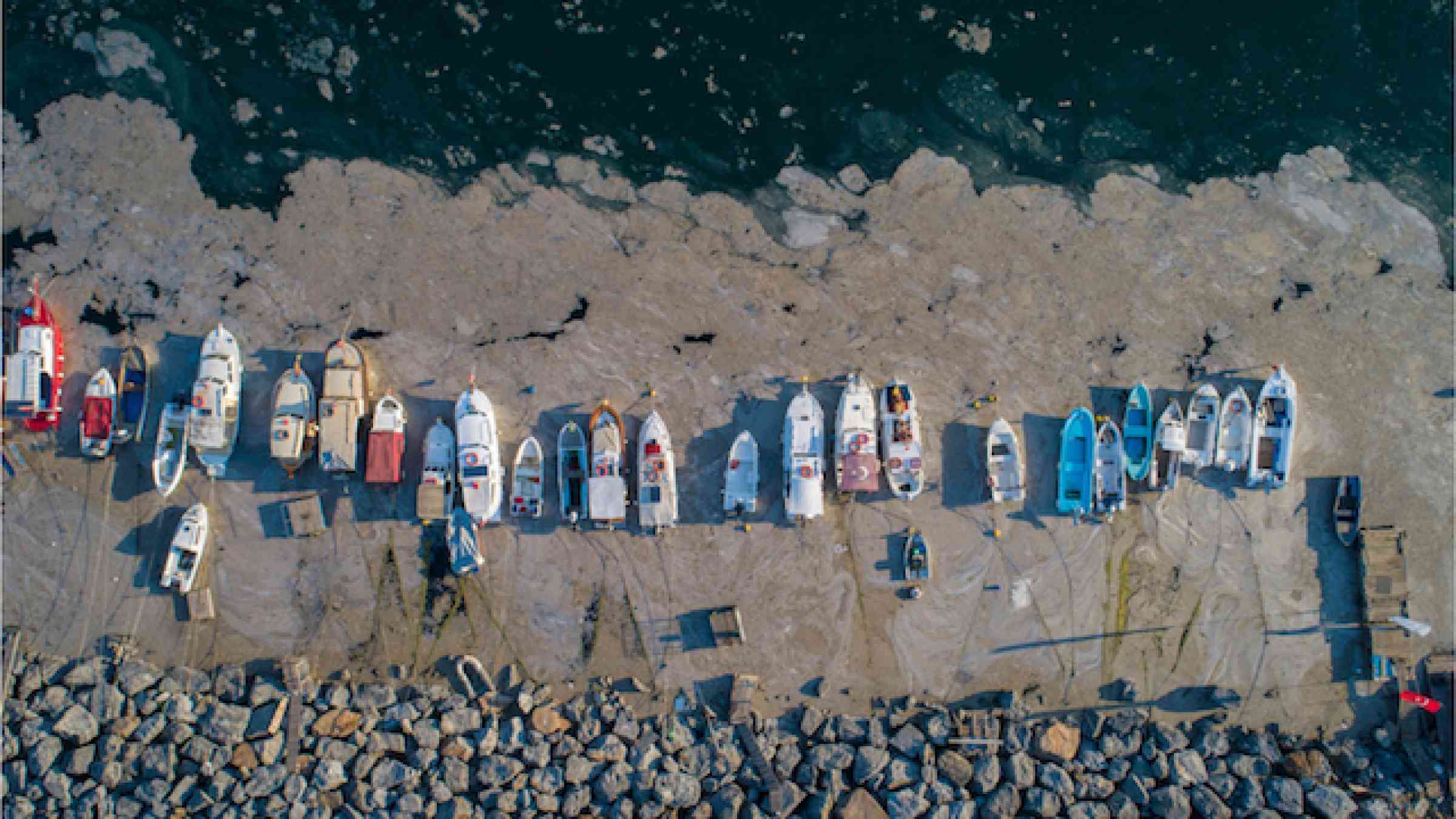Learning Labs: Comprehensive Disaster and Climate Risk Management: A hands-on journey from assessment to integration
Disaster risks are rising and becoming more complex due to climate variability and change. To ensure that our risk reduction and risk management approaches remain responsive, we need a redirected focus on climate action that is advanced through more comprehensive and integrated understanding of the changing realities and applying them in planning processes. A comprehensive approach takes into consideration a number of factors to intentionally strengthen synergies between disaster risk reduction and climate change adaptation, by identifying mutually beneficial opportunities across policies and programmes, while developing capacities of governments for cross-sectoral planning and ensuring vertical alignment. In this session, comprehensive risk assessment and integrated planning process at different levels will be unpacked, discussed and reflected upon through scenarios, examples and exercises.
Interested participants are invited to register for the Learning Labs as soon as possible through this link.
Session objectives
- Enhance understanding of applying an integrated approach in assessment and planning
- Demonstrate key elements and approaches in comprehensive risk assessment and integration in planning
- Seek inputs on how we can make the approach better and more responsive to the needs at the national and subnational levels
Documents
Learn more
Participants may benefit from bringing their own laptop (but not essential).
Where do we stand
WGII of the IPCC 6th Assessment Report highlighted that to date, 3.3 to 3.6 billion people live in hotspots of high vulnerability to climate change. Climate change is affecting the lives of billions of people, despite our collective efforts to adapt. Past measures are no longer an action. Multiple extreme events that compound the risks are more difficult to manage, and every small increase in warming will result in increased risks especially heat stress, water scarcity, food security, and flood risk.
As the world collectively find ways to scale up action, UNDRR is proposing a concrete solution by focusing on an integrated understanding of risks and translating it into integrated plans.
Session guiding questions
- Why is integrated planning important?
- What is Comprehensive Risk Management and how does it promote integrated planning?
- How can we apply it at the national and subnational levels?
- What are the impediments to and opportunities for integrated disaster risk reduction and climate change adaptation planning at the national and subnational level?

Agenda
Location
BNDCC 2- Mezzanine Floor
Online access
Participation
Open to those registered for the conferenceDetails
Contact
Donna Mitzi Lagdameo donna.lagdameo1@un.org
Is this page useful?
Yes No Report an issue on this pageThank you. If you have 2 minutes, we would benefit from additional feedback (link opens in a new window).
